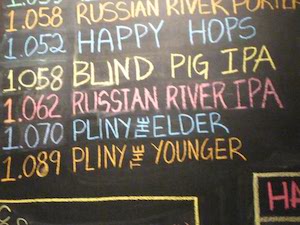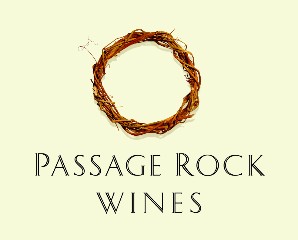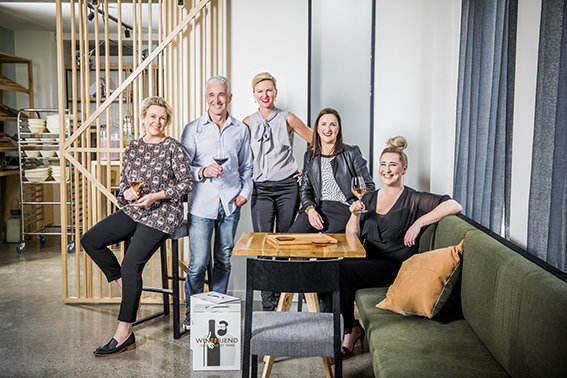 American beer writer Adrienne So has penned a thoughtful article about the growing prominence of hops in craft beer. She clearly has mixed feelings on the issue, as do many in the New Zealand craft beer industry. Here are highlights from the second part of her article:
American beer writer Adrienne So has penned a thoughtful article about the growing prominence of hops in craft beer. She clearly has mixed feelings on the issue, as do many in the New Zealand craft beer industry. Here are highlights from the second part of her article:
“There are a few obvious reasons for hops’ status as the darling of craft brewers. Hops’ strong flavors present a stark contrast to watered-down horse piss, which is how I believe one refers to Bud Light in the common parlance. Maximizing hops is a good way for craft brewers to distinguish their creations from mass-market brands.
Hops are also appealing because they give brewers an easy creative outlet. There are lots of choices to be made when it comes to hops: You can select different varieties, whether you want the big, piney flavor of the Chinook or the mild earthiness of the traditional English Fuggle. You can decide whether you’ll add them fresh, dried, or pulverized and compacted into tiny pellets for greater consistency. Maybe you’ll give your beer a big burst of hoppy aromatic oils by adding them after fermentation, in a process known as “dry hopping.” If you’re mechanically inclined, you can even jury-rig devices like Dogfish Head’s foosball player-cum-engineering mechanism “Sir Hops Alot,” which feeds a steady stream of hops into the boil for a solid 90, or 120, minutes.
And unfortunately hops are a quick way for beginning brewers to disguise flaws in their beer, by using the hops’ strong flavor to overcome any possible off tastes. Do you regret throwing those juniper twigs in the boil? Did you forget to sterilize a piece of equipment and are now fretting about bacteria? Quick! Hops to the rescue!
From a consumer’s standpoint, though, beers overloaded with hops are a pointless gimmick. That’s because we can’t even taste hops’ nuances above a certain point. Hoppiness is measured in IBUs (International Bitterness Units), which indicate the concentration of isomerized alpha acid — the compound that makes hops taste bitter. Most beer judges agree that even with an experienced palate, most human beings can’t detect any differences above 60 IBUs. Sierra Nevada Pale Ale, one of the hoppiest beers of its time, clocks in at 37 IBUs. Some of today’s India pale ales, like Lagunitas’ Hop Stoopid, measure around 100 IBUs. Russian River’s Pliny the Younger, one of the most sought-after beers in the world, has three times as many hops as the brewery’s standard IPA; the hops are added on eight separate occasions during the brewing process.
Craft brewers’ obsession with hops has overshadowed so many other wonderful aspects of beer. So here’s my plea to my fellow craft beer enthusiasts: Give it a rest. Let’s talk about the differences between wild and cultivated lab yeast, and the weird and wonderful flavors that are created when brewers start scouring nearby trees or flowers or even their own beards for new strains. Let’s geek out about local, craft-malted barley and how it compares to traditional imported European malts. And let’s start preaching a new word: Craft beer isn’t always bitter. Who knows? Maybe we’ll finally win over some of those Bud Light fans.”



